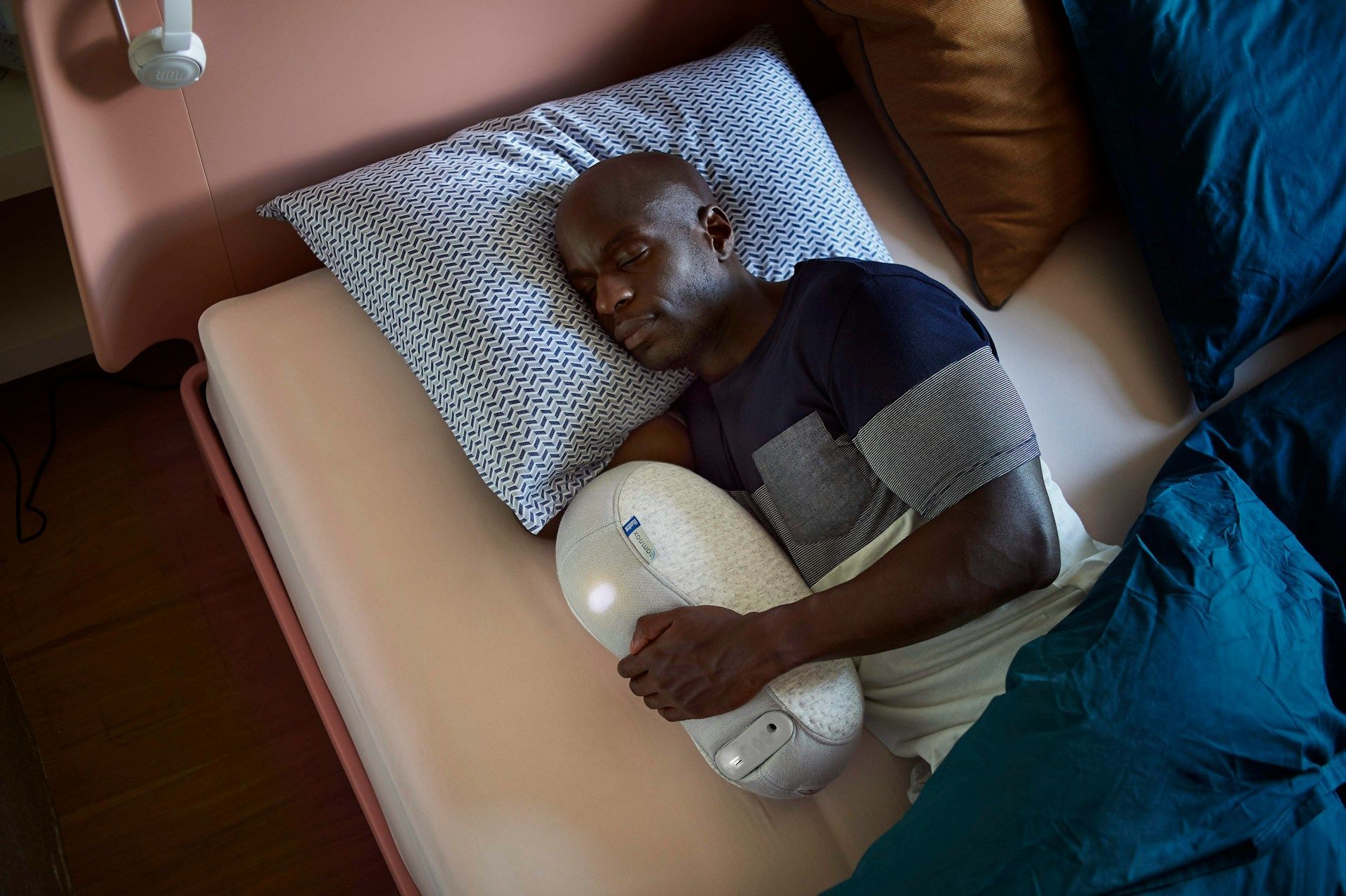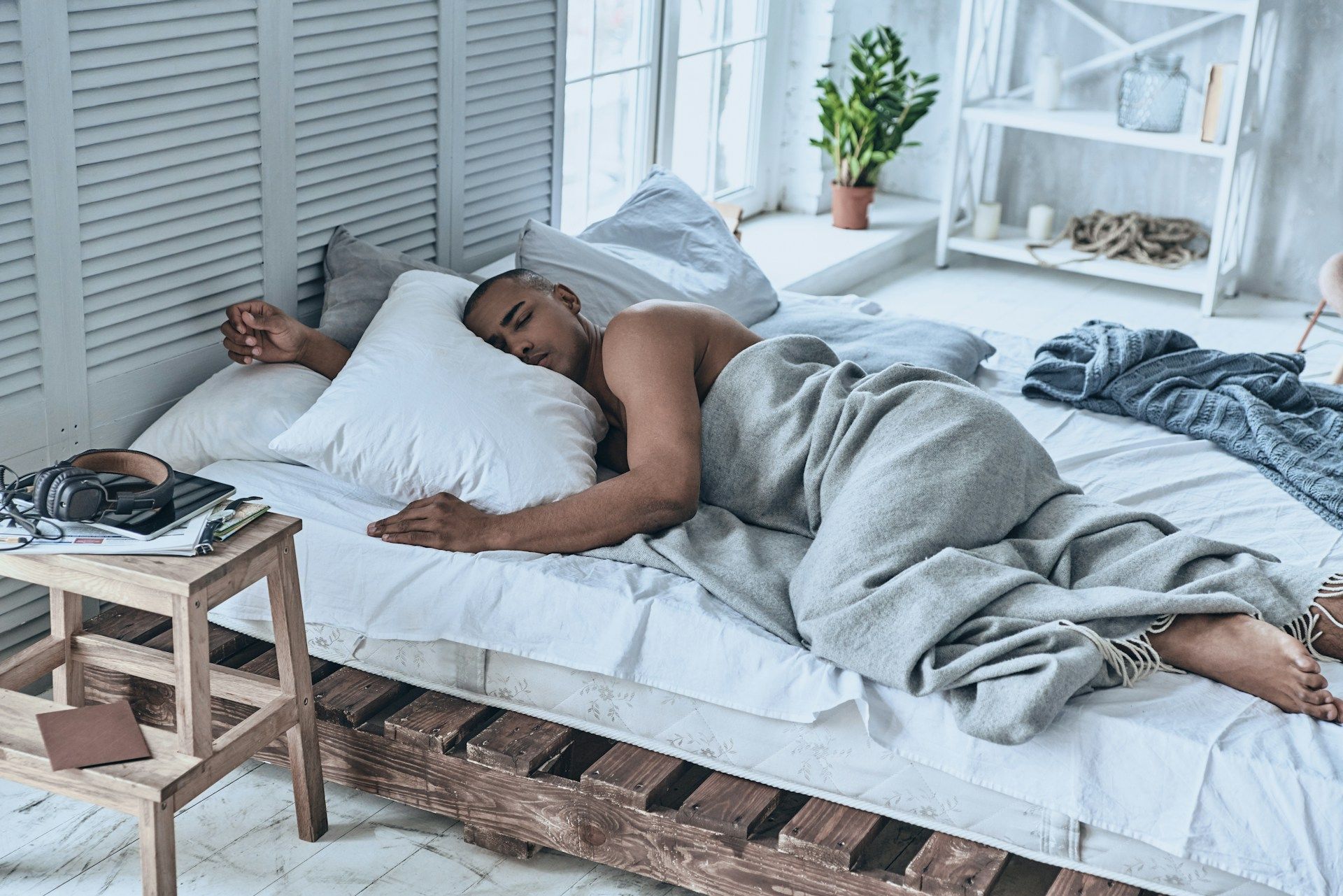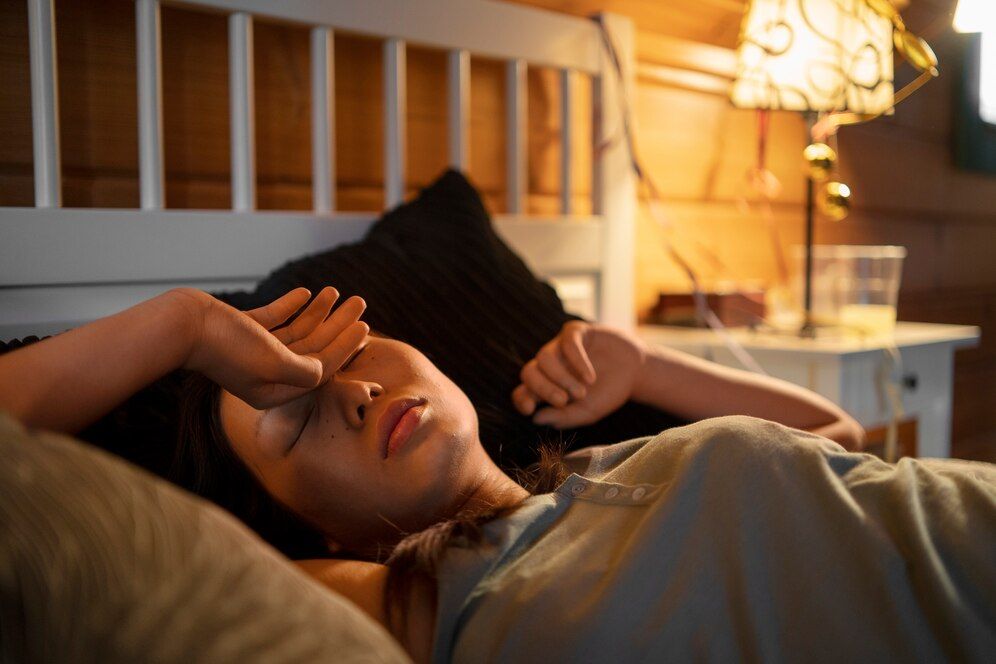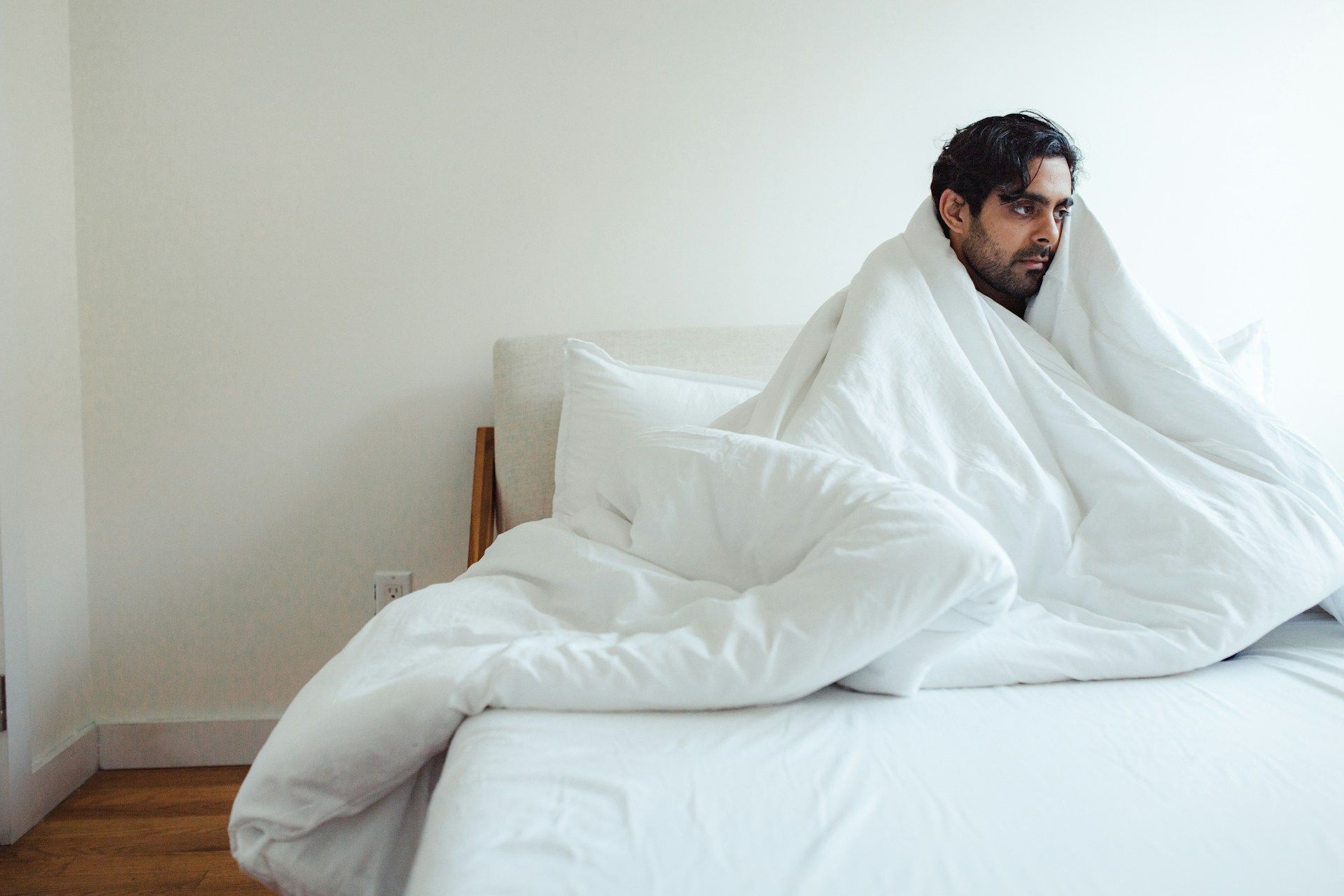Expert Guide by Sleep Advantage: Selecting the Best Mouthpiece for Sleep Apnea
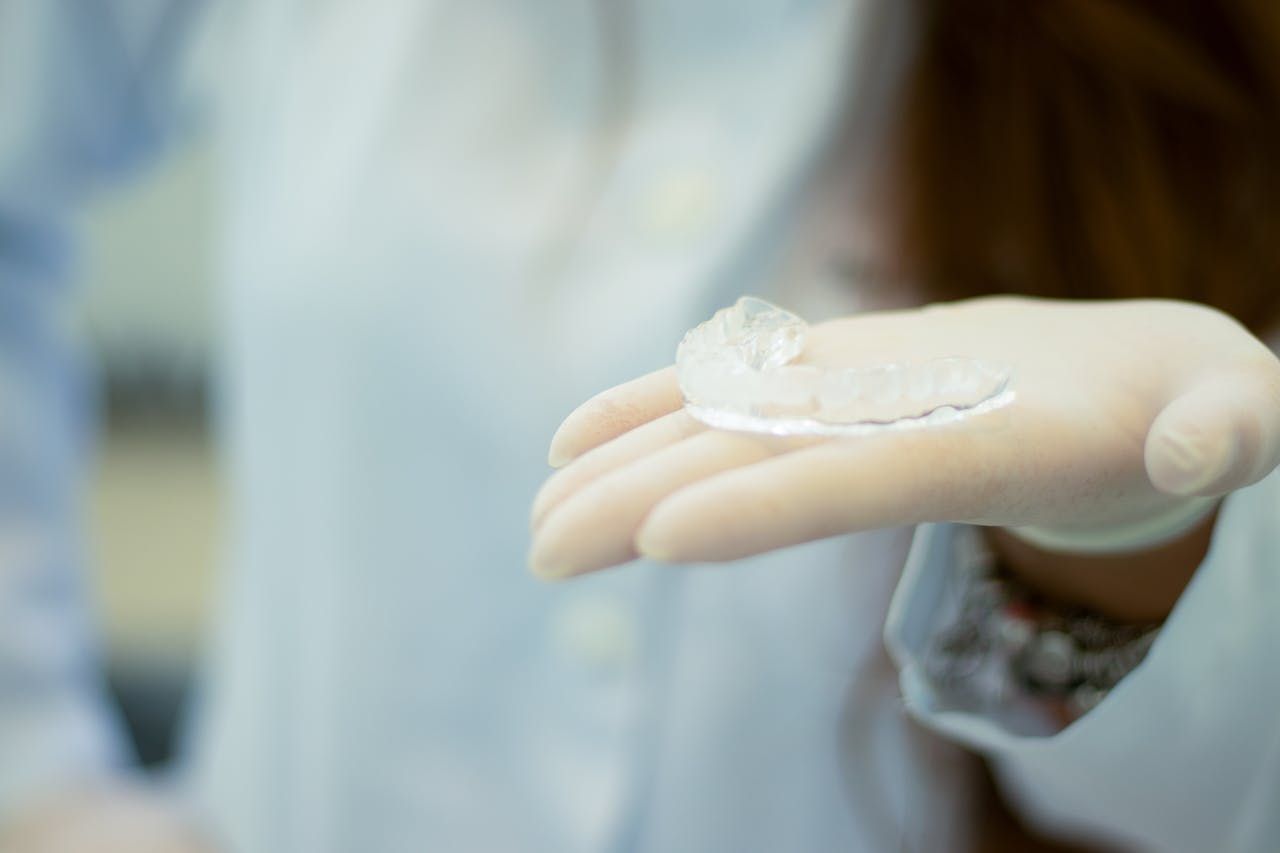
Sleep apnea is a common sleep disorder that affects millions of individuals worldwide. While continuous positive airway pressure (CPAP) therapy is often the standard treatment for sleep apnea, many patients find it challenging to use and seek alternative solutions. One such popular alternative is the use of a mouthpiece for sleep apnea treatment. Mouthpieces are designed to help alleviate the symptoms of sleep apnea by maintaining an open airway and reducing the severity of the condition.
In this expert guide, Sleep Advantage, a dedicated sleep apnea treatment center in Arlington, WA, will walk you through the process of selecting the best mouthpiece for your specific needs. Our knowledgeable and skilled team focuses on providing top-notch care for patients who are CPAP intolerant or struggle with snoring. By addressing various types of mouthpieces, their pros and cons, and how they work, Sleep Advantage will equip you with the information you need to make an informed decision when choosing a mouthpiece for sleep apnea treatment.
1. Understanding the Types of Sleep Apnea Mouthpieces
There are two primary types of sleep apnea mouthpieces available on the market today: Mandibular Advancement Devices (MADs) and Tongue Retaining Devices (TRDs). Each type has its own set of features and suitability for specific cases of sleep apnea.
- Mandibular Advancement Devices (MADs): These mouthpieces work by repositioning the lower jaw (mandible) slightly forward. This forward positioning helps prevent the airway from collapsing during sleep and reduces airway resistance, allowing for more natural and uninterrupted breathing. MADs are adjustable, making them suitable for patients with various degrees of sleep apnea severity.
- Tongue Retaining Devices (TRDs): TRDs focus on preventing the tongue from falling back into the airway during sleep. Using a suction cup-like attachment, the device holds the tongue forward, reducing the risk of airway obstruction. TRDs can be an excellent solution for patients with sleep apnea who cannot tolerate a MAD or have concerns about jaw discomfort.
2. Factors to Consider When Choosing a Sleep Apnea Mouthpiece
Finding the right sleep apnea mouthpiece requires careful consideration of various factors. To make a well-informed choice, pay attention to the following aspects:
- Severity of Sleep Apnea: While mild to moderate sleep apnea might see successful results with either a MAD or TRD, people with more severe sleep apnea may require a more specialized approach. Consult with your sleep specialist at Sleep Advantage for personalized advice about the best mouthpiece for your specific condition.
- Jaw Mobility: A prerequisite for using a MAD is adequate jaw mobility since the device mandates the shifting of the jaw forward. If you have arthritis or temporomandibular joint disorders, a TRD might be a more appropriate choice.
- Dentition: Both MADs and TRDs require healthy teeth and gums for proper fitting and functioning. Consult with your dentist to ensure that your mouth is suitable for a sleep apnea mouthpiece. Certain medical conditions, such as gum disease or tooth loss, may affect your eligibility for using these devices.
- Degree of Mouth Breathing: Some individuals predominantly breathe through their mouths due to nasal obstruction, deviated septum, or allergies. MADs often allow for more natural mouth breathing, whereas TRDs may pose challenges for mouth breathers. Evaluate your breathing preferences and discuss them with your sleep specialist before choosing a mouthpiece.
3. Adjusting to Your Sleep Apnea Mouthpiece
Once you have selected an appropriate sleep apnea mouthpiece, it is crucial to allow for an adjustment period. This period might vary in duration from patient to patient. Here are some helpful tips for making the transition as smooth as possible:
- Gradual Acclimatization: Begin by wearing the mouthpiece for a short duration during the day to get used to the sensation. Gradually increase the time you spend wearing the device until you feel comfortable wearing it throughout the night.
- Follow Fitting Instructions: Carefully review and follow the fitting instructions provided by the manufacturer or your sleep specialist. Proper fitting ensures the device's efficacy and reduces the risk of discomfort or complications.
- Adjust Device Settings Gradually: If using a MAD, make small incremental adjustments to the position of your jaw over a few weeks. Doing so will allow your jaw muscles and joints to acclimate to the new positioning comfortably.
4. Maintenance and Care of Your Sleep Apnea Mouthpiece
To ensure the longevity of your sleep apnea mouthpiece, it is essential to keep it clean and well-maintained. Regular care not only extends the life of the device but also helps maintain your oral health. Here are some essential maintenance tips:
- Clean the Mouthpiece Daily: Use a toothbrush and non-abrasive denture cleaner to clean your mouthpiece every day. Gently scrub all surfaces to remove any buildup, and rinse the device thoroughly with cold water. Avoid using regular toothpaste, as it can be abrasive and cause damage to the mouthpiece.
- Regular Dental Checkups: Visit your dentist regularly to monitor the health of your teeth, gums, and jaw, ensuring they remain in optimal condition for mouthpiece use.
- Replace the Mouthpiece as Needed: The life span of a sleep apnea mouthpiece can vary, but most devices last for one to two years. Watch for signs of wear and tear and consult with your sleep specialist regarding when to replace your mouthpiece.
Experience the Sleep Advantage Difference in Sleep Apnea Treatment
Embarking on the journey to better sleep begins with making well-informed choices about your sleep apnea treatment options. At Sleep Advantage, our team of experts is dedicated to helping you find the right solution tailored to your unique needs and preferences. Improve your sleep quality and overall well-being by exploring our range of sleep apnea mouthpieces and dental appliances customized for CPAP-intolerant patients.
Take the first step towards a restful night's sleep by scheduling a consultation with Sleep Advantage today. Allow our experienced professionals to guide you through the process of selecting, fitting, and maintaining the
best mouthpiece for sleep apnea according to your personal situation. Experience the Sleep Advantage difference and unlock the full potential of your sleep with effective, customized oral appliance therapy.


